Erythrai (Ildırı) Ancient Settlment
The ancient name of the village of Ildırı, located 20 km north-east of Çeşme, was Erythrai. It is thought that Erythrai is used to mean 'Red City' because of the red color of the city's land, where the word Erythrai is derived from Erythros, which means 'Red' in Greek. According to another hypothesis, the city got its name from Erythro, the son of Rhadamanthes of Crete, its first founder.
The history
Findings uncovered in the city have shown that this region has been inhabited since the EBA. During the second colonization period, the city was under the rule of Knopos, a descendant of the Athenian king Kadros. The city, which was initially ruled by a kingdom, was later ruled by the Vasileus, who were also descended from the king, but were chosen by the people. They joined the Panionion religious and political union established by the Ionian cities. The city experienced a short-lived period of tyranny with Payhagoras, and gained importance with the millstones that it produced and sold outside during this period. Erythrai was conquered by Lydia and later by the Persians. Alexander, together with all Ionian cities, gained its independence in 334 BC to the city, which joined the rebellion like other Ionian cities against the Persian yoke. Erythrai, which changed hands as a result of the chaos that arose after the death of Alexander, passes into the hands of the Kingdom of Pergamon (Bergama). In 133 BC, it gained the status of a free city within the Roman Empire. During this period, he became famous with his wine, goats, millstones and women oracles Sibyl and Herophile. The region, which was devastated by earthquakes, wars and the looting of Roman commanders in the 1st century BC, lost its importance during the Byzantine period. The region, which took different names such as Erythre, Rhtyrai, and Lythri after entering the Turkish sovereignty in 1366, was called Ilderen and Ildırı after the 16th century. Prof. Hakkı Gültekin and later Prof. Excavations were carried out by Ekrem Akurgal. The ancient theater on the northern slopes of the Acropolis, thought to have been built first in the 3rd century BC, was unearthed. The ruins of the Athena temple were found during the researches on the highest plain of the acropolis. It was understood that the city was surrounded by a 5 km long wall. The theater was partially exposed. Pottery, pottery, stone and soil figures from the 6th and 7th centuries BC were found in the acropolis. Excavations have been carried out since 2007 under the leadership of Assoc. Prof. Dr. Ayşe Gül Akalın, a faculty member at Ankara University.
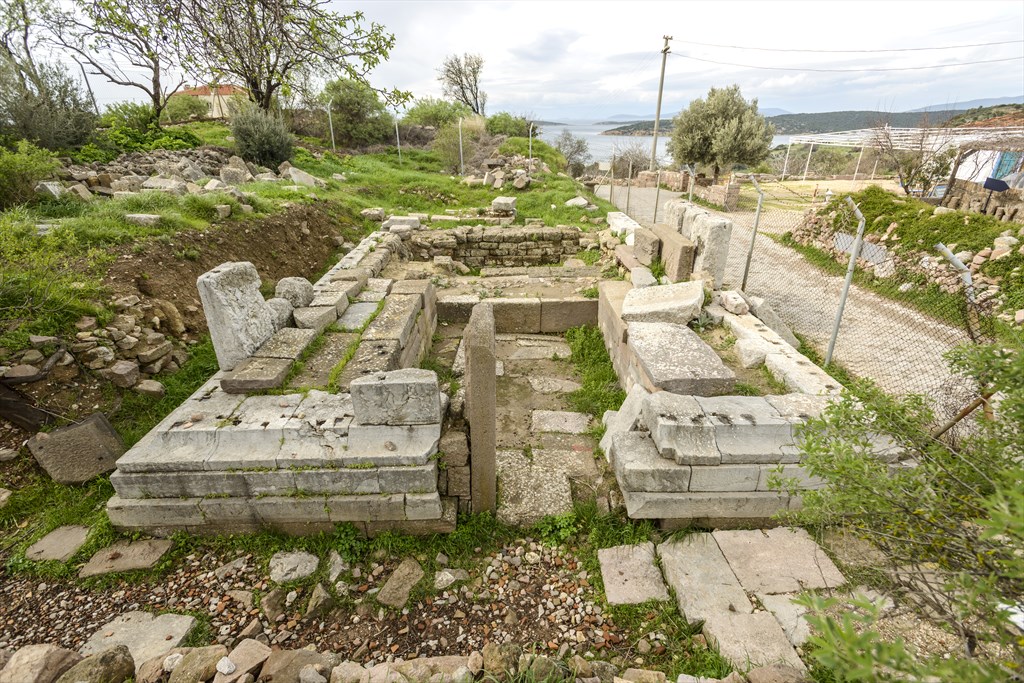
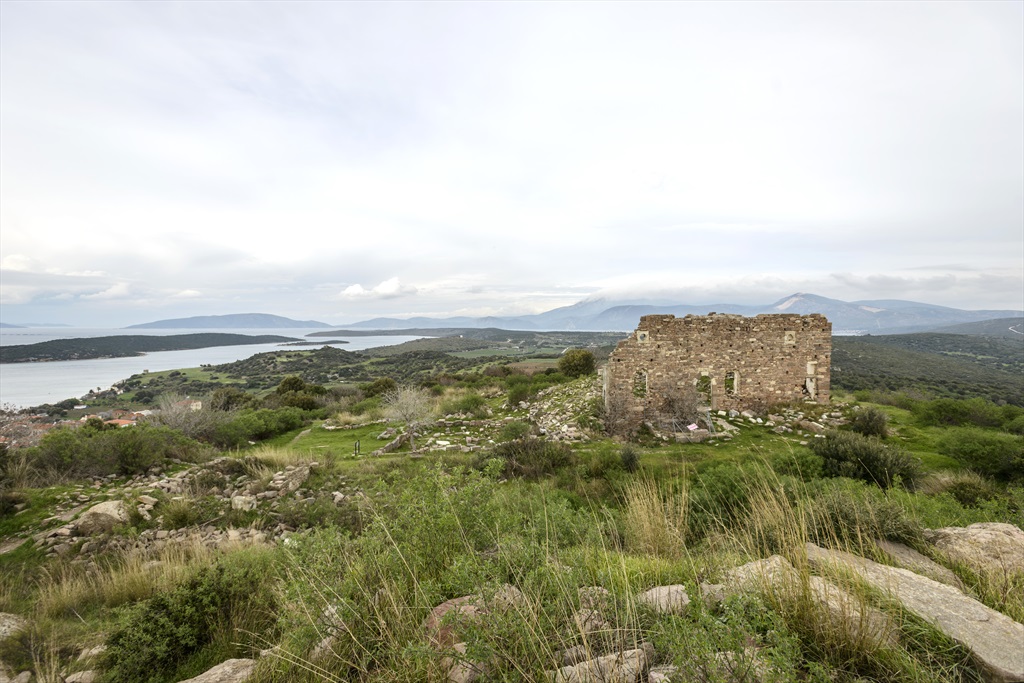
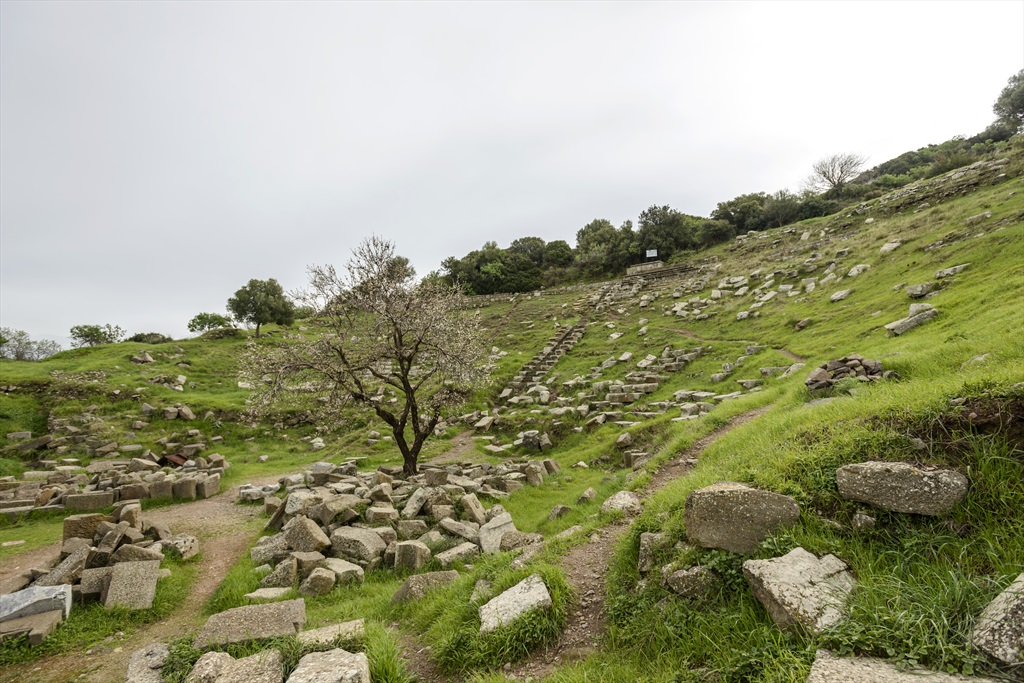
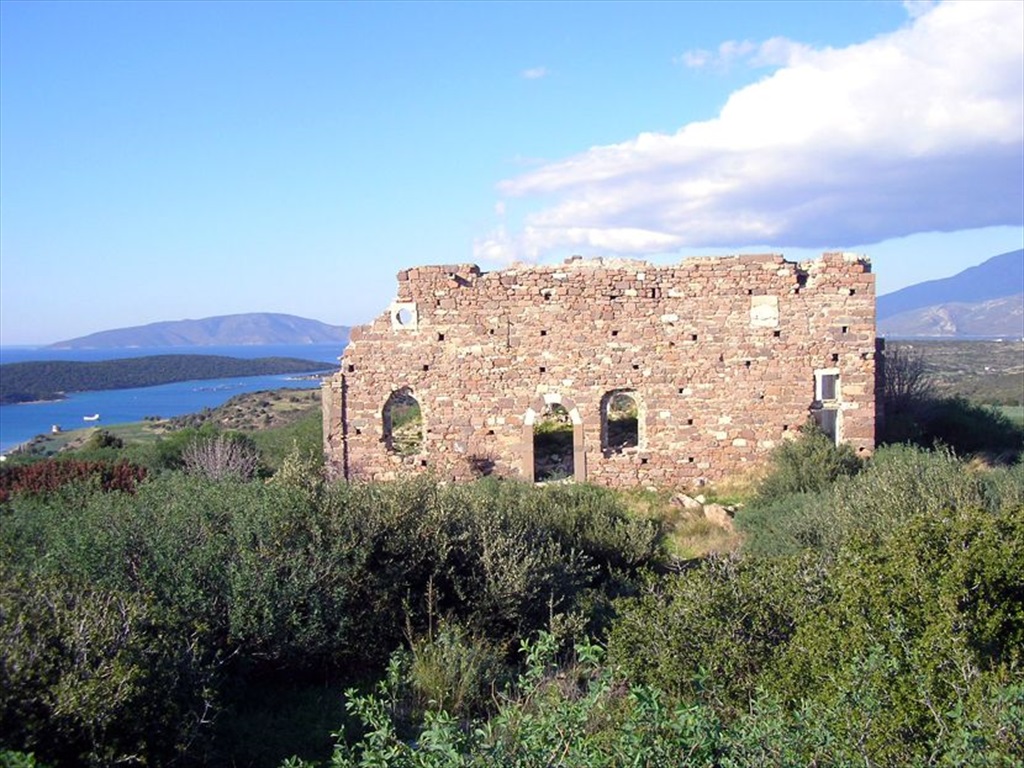
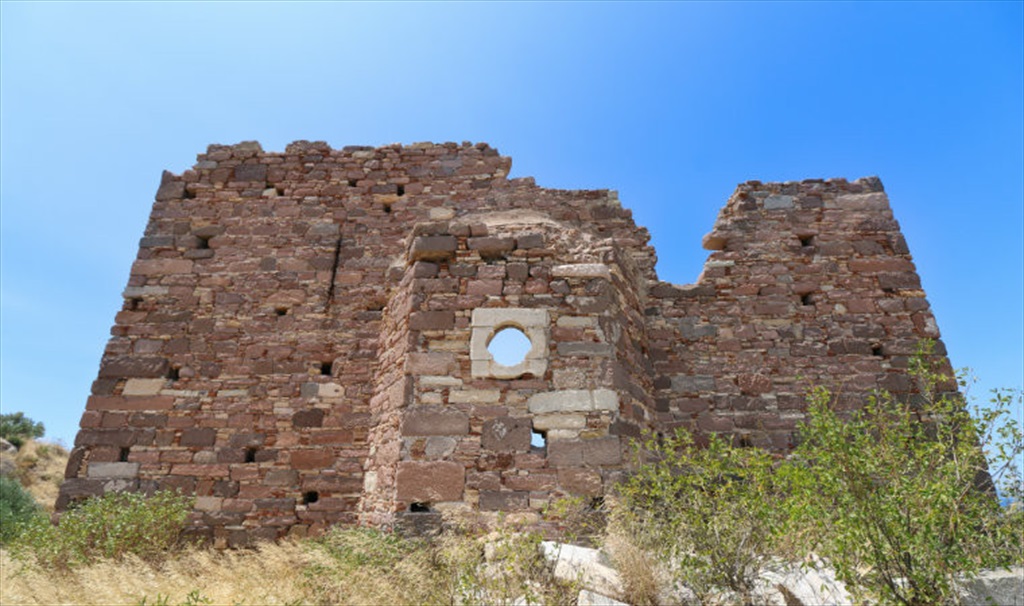






Comments
No comment left, would you like to comment?